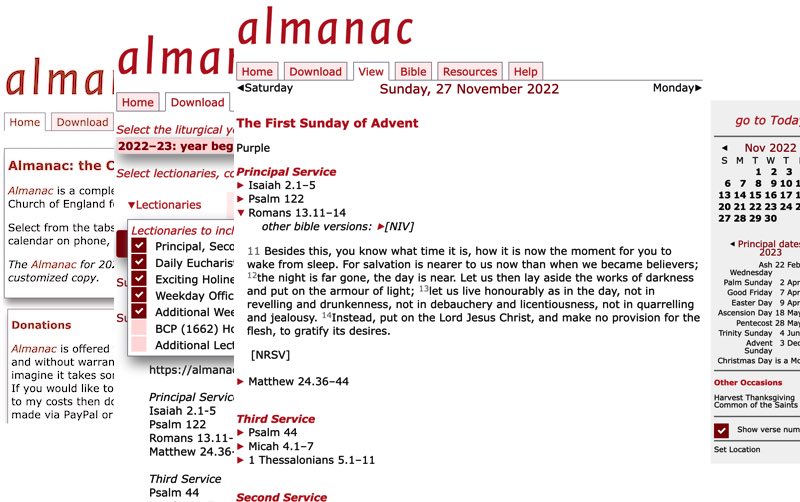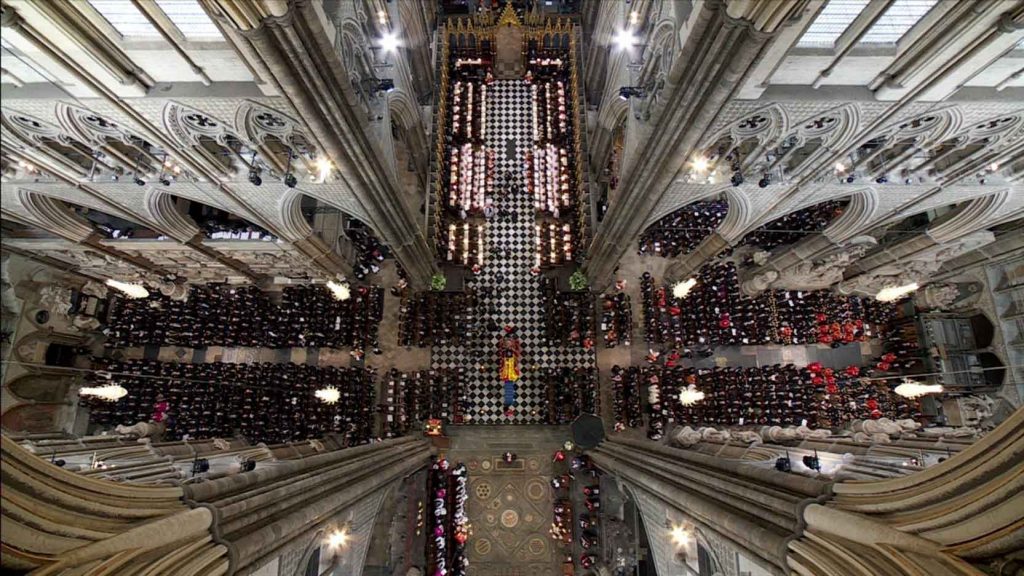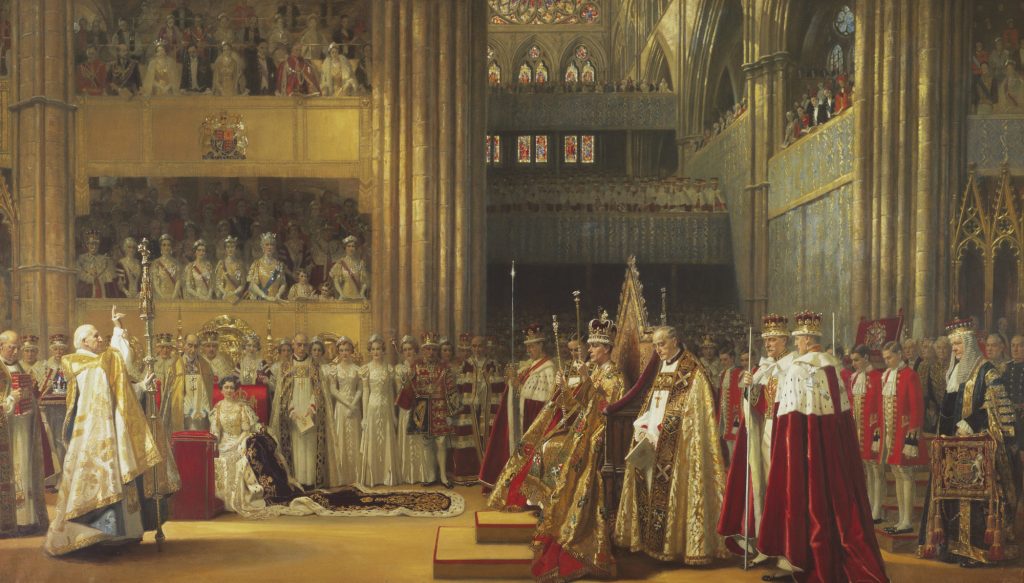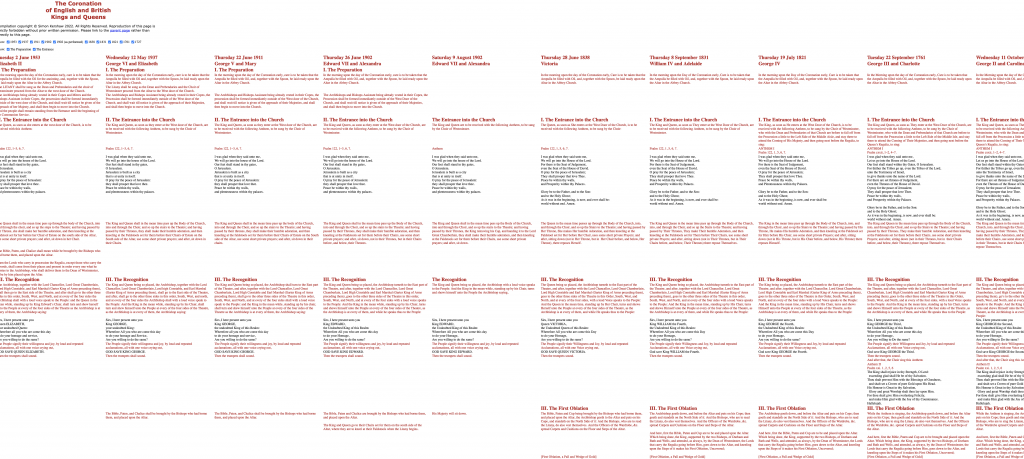Common Worship Almanac for 2022-23
My Almanac for the liturgical year 2022–23, the year beginning Advent Sunday 2022 is now available. The Almanac is a complete and customizable download that can be added to the calendar on a desktop/laptop, a tablet or a smartphone providing a fully-worked out calendar and lectionary according to the rules of the Church of England. Several download formats are provided, giving access to most calendar software on most devices.
As before, download is free, and donations are invited.

What's new?
The Almanac is also available as a web page that can be installed as a web app on smartphones and tablets for easy access to all the data. New features include
- In the View tab you can toggle the display of verse numbers in the readings, making it simpler to copy and paste passages to other documents in the desired format.
- Following the new Royal Warrant, updated BCP and CW prayers for the King and Royal Family are linked in the Resources tab; Accession Day is now on 8 September, rather than 6 February.
- Although not strictly a CW or BCP observation, an entry is included this year for Coronation Day on 6 May 2023; it is expected that resources for public observance of the coronation will be produced, and this material will be added when it is available.
- Astronomical data (sunrise, sunset, moon rise and set and phase, solstices and equinoxes) is now fully working again, as is the separate Crosscal calendar download at crosscal.oremus.org.
Donations
This Almanac is offered free of charge, and without warranty, but as you might imagine it takes some effort to compile. If you would like to make a contribution to my costs then donations may be made via PayPal at paypal.me/simonkershaw. Alternatively, Amazon gift vouchers can be purchased online at Amazon (amazon.co.uk) for delivery by email to simon@kershaw.org.uk .
The Almanac has been freely available for over 20 years. There is not and has never been any charge for downloading and using the Almanac — this is just an opportunity to make a donation, if you so wish. Many thanks to those of you who have donated in the past or will do so this year, particularly those who regularly make a donation: your generosity is appreciated and makes the Almanac possible.
0 CommentsThe Coronation of English and British Kings and Queens
(Coronation of King George VI, 1937, painted by Frank Salisbury; Royal Collection Trust)
Beginning with the coronation of James I in 1603 there have been sixteen English-language coronations of English, or from 1714 British, monarchs. Before that, upto and including the coronation of Elizabeth I, the service had been conducted in Latin. The seventeenth, for King Charles III, is scheduled to take place on Saturday 6 May 2023.
As a small boy, over half a century ago, I was captivated by a souvenir of the 1937 coronation of King George VI and Queen Elizabeth which belonged to my grandparents, and which contained the text of the service along with copious illustrations and some historical notes. From 1994 I have collected copies of the order of service of every coronation back to that of George IV in 1821, along with reproductions and editions of the earlier services back to 1603, as well as the music editions that have been published since 1902.
For some time I have thought of producing an historical edition of the coronation service with the different texts in parallel columns, making it easy to see the changes that have been made over the centuries. This is a bit complex to produce as a book (and perhaps not commercially viable) but a web page is easier to create, and can have other helpful features such as hiding or showing different sections of the page. So now there is a new page at oremus.org/coronation that contains the text of all the coronation services from 1953 back (currently) to that of George II in 1727. Work on adding earlier texts continues.
In each column the texts are aligned so that corresponding rubrics and spoken words match across the page. Individual columns can be hidden, making it easy to compare different years. Hiding rows, or sections of the text across all columns, is a feature that will be added soon.
The coronation of King Edward VII and Queen Alexandra scheduled for June 1902 was postponed because of the king’s illness. When it did take place in August, a number of modifications were made to place less stress on the convalescent king. Both the June and August texts are included in parallel columns.
With the Coronation of King Charles and Queen Camilla scheduled for next year, I hope this will be a useful historical archive.
0 CommentsLiturgy at the Funeral of Queen Elizabeth II
 The death of the head of state of a country is a significant event, even more so when that person has been head of state for 70 years, and is head of state of more than one country. The death of Queen Elizabeth II, guaranteed to come at some point, was nonetheless an event that touched many people, and millions if not billions of people around the world mourned her in some way.
The death of the head of state of a country is a significant event, even more so when that person has been head of state for 70 years, and is head of state of more than one country. The death of Queen Elizabeth II, guaranteed to come at some point, was nonetheless an event that touched many people, and millions if not billions of people around the world mourned her in some way.
For the first time, Orders of Service for the funeral at Westminster Abbey, and the Committal at St George’s Chapel, Windsor, were published online, enabling those watching on television to follow the text and join in if they desired.
For future reference, copies of these Orders of Service are attached to this post:
0 CommentsStations of the Cross
Stations of the Cross is a traditional devotion for Lent, and especially for Holy Week. It originated in Jersualem, where pilgrims would literally walk along the route from the centre of the city to the traditional place of Christ’s execution, stopping en route to recall various incidents recorded in the gospels, or elsewhere in the tradition. The number and names of the stations were later codified at fourteen (to which a fifteenth station of the Resurrection was added in more recent times). Many sets of words and prayers have been written to acccompany the walk. I compiled this particular set for an ecumenical service in my home parish, and subsequently published them on the Thinking Anglicans blog. It envisages a scenario in which some of those who participated in or witnessed the original events are gathered to remember what happened on that day.
- Pilate condemns Jesus to death
- Jesus takes up his cross
- Jesus falls the first time
- Jesus meets his mother
- Simon helps Jesus carry the cross
- Veronica wipes the face of Jesus
- Jesus falls the second time
- Jesus speaks to the women of Jerusalem
- Jesus falls the third time
- Jesus is stripped of his garments
- Jesus is nailed to the cross
- Jesus dies on the cross
- Jesus is taken down from the cross
- Jesus is placed in the tomb
- Jesus is risen

